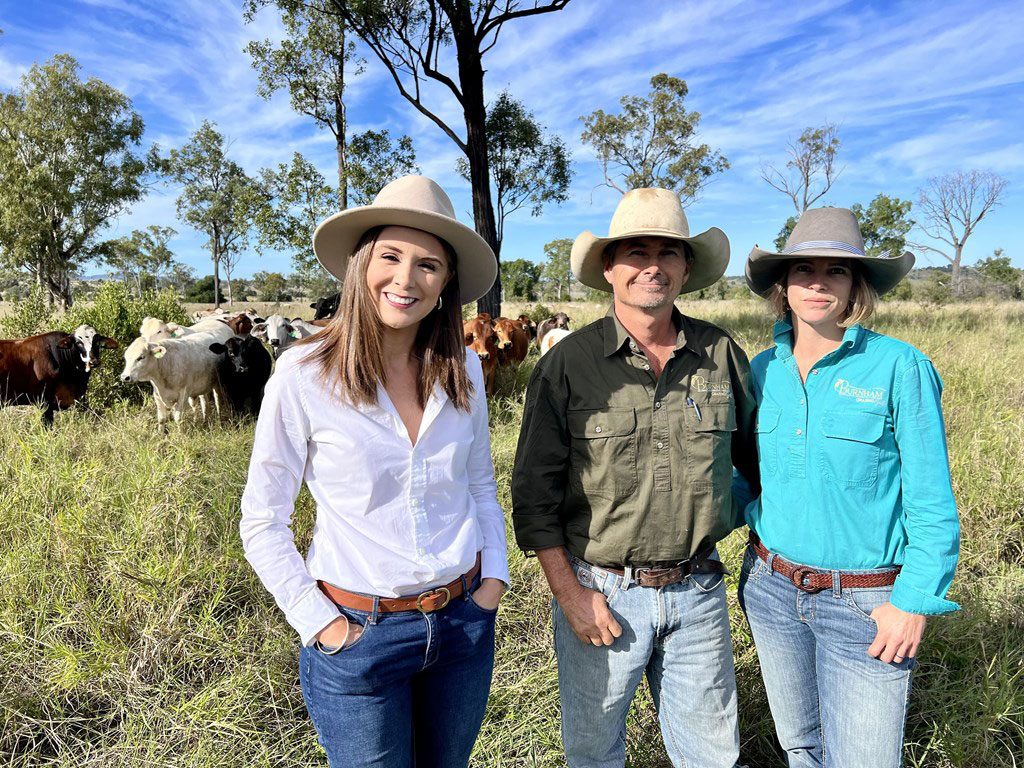This article is from the Australian Property Journal archive
THE Queensland government is adding new carbon farming projects to its Land Restoration Fund, after the sunshine state was named the top Australian destination for the emerging industry.
The five projects, which will be funded under the second round of Land Restoration Fund (LFR) allocations, will provide long-term protection for over 6,000-hectares of land, representing an $11.5 million LRF investment.
“We’re taking real action on climate change and we want to seize both the environmental and economic opportunities in emerging industries like carbon farming,” said Meaghan Scanlon, environment minister.
More projects are still to be named under this round of funding, all of which will also see new income for landowners via carbon credits.
“Investments like our $2 billion Renewable Energy Fund and $500 million Land Restoration Fund are driving down emissions, creating jobs and protecting our lifestyle,” added Scanlon.
“The projects will see the LRF purchase 120,000 Australian Carbon Credit Units over the next 15 years, equivalent to 120,000 tonnes of carbon dioxide sequestered or avoided.”
The new projects include The Murra Murra Native Forest Regeneration Project at Nebine, east of Cunnamulla, a $5 million 10-year project to regenerate Mallee forest on the Kooma homelands, improving over 17,000-hectares of threatened ecosystems.
The Rock Road Wildlife Corridor project at Tarzali, on the Atherton Tablelands, a $2.95 million 15-year project to plant 204,000 trees across 60-hectares to deliver an improved wildlife corridor.
“The Rock Road Wildlife Corridor project is the largest rainforest restoration project ever undertaken in the region,” said Tim Hughes, director of South Endeavor Trust, proponent of Rock Road Wildlife Corridor on the Atherton Tablelands.
“As a result of the LRF investment, we can really scale up our conservation work and have a major positive impact on the outlook for climate sensitive wildlife species such as the Green Ringtail Possum and the Lemuroid Ringtail Possum. We know from community efforts over 40 years that it only takes 3 to 4 years to have good forest cover from plantings.”
The South Burnett Koala Land Restoration Carbon Project at Redgate, south-east of Murgon, a $2.61 million 15-year project to enrich koala habitat.
The Swartz Carbon Project at Calliweera Station at Morinish, north-west of Rockhampton, a $792,000 15-year project to improve ecosystems at Calliweera station.
And finally The ZP LRF project at Gungaloon, west of Maryborough, a $147,900 5-year project to sequester carbon in existing native forests, prevent sediments flowing to the
Great Barrier Reef, increase threatened species habitat, including koala habitat, and improve the condition of soil and vegetation around creek banks.
These projects will generate 51 new jobs, 10 of which will be for First Nations peoples, with roles for rangers, building contractors, botanists, farmhands, nursery assistants and field workers.
Queensland was recently named the stop state for carbon farming in the Carbon Market Institute’s first ever national assessment and report.
While other states such as WA have established initiatives including the $15 million Carbon Farming and Land Restoration program, releasing more than three million hectares of unallocated Crown land for carbon farming ventures in December of last year and in 2019 allowing pastoralists to earn carbon credits and at least $70 million from sequestering carbon on pastoral lands.
“The new LRF projects complement the first LRF investment round, which funded 16 projects with a total value of $87.7 million, purchasing around 1.7 million carbon credits, protecting more than 7000 hectares of unregulated vegetation from clearing,” concluded Scanlon.




